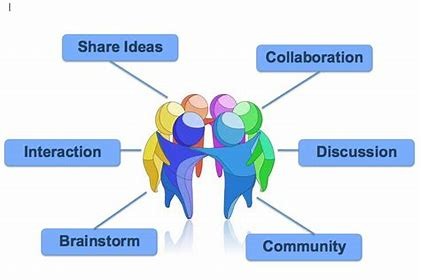Learning Pod: #4
Peers’ Names: Kevin, Elijah, Harry, Jason, Nancy
Interactive Learning Resource Topic: Dynasties in Chinese history
Identify components of the Interactive Learning Resource that might be missing (e.g., appropriate outcomes, alignment, interactivity, inclusivity, technology use and rationale, presentation, grammar, spelling, citations, etc.).
- Grammar: Just curious – is the interactive learning resource to benefit student-instructor or student-tutor, or do they mean the same? Overall no major grammar issues.
- Citations: Make sure to include any in-text citations in the final draft.
- Interactivity: I noticed you’ve mentioned that the learners will complete an assignment, can you expand on this more and make sure you clearly state which part of the assignment is interactive.
- Technology use: I noticed in terms of technology use, there will be YouTube videos and Quizlet. Is there anything that you will be making (i.e., a self-made video)?
- Assessment: Is there going to be a quiz made by the professor or a quiz on Quizlet? Will you create any assessment that will be on the final draft, or will it just stay theoretical?
- Context: Definitely expand on your alignments of who the learners are. There is minimal specific context of the student itself (age group, state of education, etc..)
Provide a summary of The Interactive Learning Resource’s strengths and weaknesses. Draw out specific examples from your peers’ work to justify your feedback.
- As the interactive learning resource will be on the topic of Dynasties in Chinese history, there will be a lot of memorizations, which is really good that you’re utilizing Quizlet! Posted YouTube and lecture videos will also allow students to re-watch as many times as needed at their own pace. You will definitely want to expand on your interactive activity because I’m wondering how formative assessment will take place. In terms of assessment place, I feel that a quiz might be a little too simple if they already do a bunch of quizzes on Quizlet. However, I don’t know anything in depth of your plans so keep at it with your ideas! In terms of the summative assessment, I’m assuming that will be the quiz and group presentation, so I’d like to know how they will be graded on both. I like that your design includes support for ELLs to ensure that they are learning in an effective manner. Ultimately, you learning outcomes are a great look and it’ll look even better when you expand on your work!
Provide general, specific, and practical recommendations to your peers on how to improve their Interactive Learning Resource.
- Overall, I can really see that there’s a lot thought that’s been put into developing this. I am somewhat a big fan about learning Chinese history as I do enjoy understanding more of it time to time. My biggest recommendation would be to vastly expand on your work, especially interactive activity, assessments, and general contexts. Ensure that you lay out what is interactive and where the formative assessment comes from. Additionally, the summative assessment is still very blurry. Although I can see you’ve mentioned grading on the quiz and group presentation, I’m still wondering on how the lecturer will evaluate this. Will both assessments be added together and give you a final grade or will it just be the one (just quiz/ just presentation). Will the grading be a % grade, or letter grade, etc… And make sure to add in citations/in-text citations on your final draft. Very solid resource with some tweaks to be made for the final copy.




Recent Comments